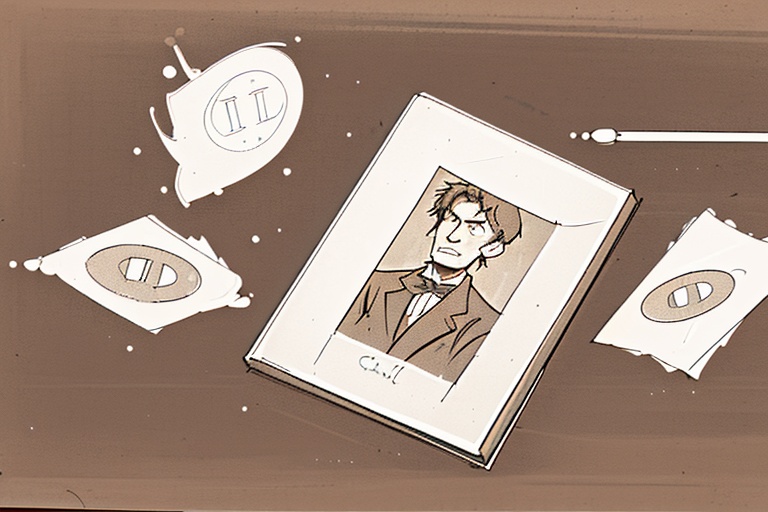Numismatics, the intriguing practice of collecting and studying currency, encompasses a wide array of artifacts, including coins, tokens, paper money, medals, and more. This diverse field transcends mere hobby and offers a unique lens through which we can observe and appreciate history, culture, and economics. The art of coin collecting, in particular, reveals much about the societies that created these small but significant objects, as each coin carries with it a story—a snapshot of the era and environment in which it was minted.
Numismatics, the intriguing practice of collecting and studying currency, encompasses a wide array of artifacts, including coins, tokens, paper money, medals, and more. This diverse field transcends mere hobby and offers a unique lens through which we can observe and appreciate history, culture, and economics. The art of coin collecting, in particular, reveals much about the societies that created these small but significant objects, as each coin carries with it a story—a snapshot of the era and environment in which it was minted.
The Rich Tapestry of Coin Collecting
Embarking on a numismatic journey means exploring the deep well of history embedded in currency. For millennia, coins have been a symbol of economic transactions, a means by which trade and commerce were facilitated. The study of coins, therefore, provides an invaluable perspective on the evolution of economies and the interchange of goods and services. Not merely are coins vessels of commercial history, but with their engraved images and inscriptions, they illustrate the political and social narratives of their times.
Exploring Widely and Digging Deep
Numismatists wield a broad set of tools to interpret and understand their subjects fully. Whether surveying the broad strokes of currency evolution or examining the fine details of mint marks and engraving techniques, the numismatist's pursuit is one of both breadth and depth. Collectors often specialize in specific areas, such as ancient coins, where they can become custodians of relics that are thousands of years old, or they might focus on the coins of a particular country, reveling in the rich national stories told through currency.
Beyond Coins: Exonumia, Notaphily, and Scripophily
While coins form the bedrock of numismatics, enthusiasts recognize that currency's heritage extends beyond metal discs. Exonumia, for instance, zeroes in on coin-like objects such as tokens and medals. These pieces served as quasi-currency or commemoratives, enshrining events, people, and places in a portable and durable form.
Equally captivating is Notaphily, the study of paper money, which spotlights the intricate artistry and security features of banknotes, from humble denominational scrips to majestic national currency designs. Scripophily, with its focus on the history of financial documents like stocks and bonds, complements the numismatic field by adding another dimension to the monetary narrative.
Coin Valuations: An Art and Science
Determining the value of a coin is a multifaceted task. It's not merely about rarity or age; numerous factors come into play. Condition, demand, and historical significance all intertwine to create the coin's market value. Numismatists must keep abreast of market trends, economic shifts, and collector interests to accurately appraise these pieces—understanding, for instance, why a seemingly common coin from a particular era may fetch a high price due to its surprising rarity in mint condition.
Preservation: A Numismatist's Duty
At the heart of numismatics is the respect and commitment to preserving history. Each coin and paper note is a remnant of the past, vulnerable to the elements and the passage of time. Numismatists strive not just to collect, but also to conserve these artifacts for future generations. Practices such as proper handling, climate-controlled storage, and the utilization of archival materials are essential components of the collector's stewardship.
Fostering a Community of Collectors
Coin collecting is more than a solitary pursuit; it thrives through a vibrant community of passionate individuals. Numismatists share their knowledge, trade pieces, and educate newcomers to the field. Societies and clubs worldwide unite those who share this common interest, facilitating discussions, exhibitions, and auctions where enthusiasts can gather and engage.
The Legacy of Numismatics
As we delve into the expansive world of numismatics, we gain a deeper appreciation for the monetary systems that have underpinned human civilization. Through careful collection, meticulous study, and the sharing of knowledge, collectors help to maintain the legacy of currency. They ensure the stories and the rich history of our societies, as recorded in these small but potent artifacts, are respected, preserved, and celebrated for generations to come.
The way we value, collect, and study the myriad forms of money speaks volumes about our connection to our history and culture. Numismatics is not merely a pastime—it is a nuanced documentation of human society, reflecting the complexities and triumphs of countless generations. It's a field that continues to grow and evolve, inviting both the avid collector and the casually curious to partake in its timeless allure.
Information for this article was gathered from the following source.




